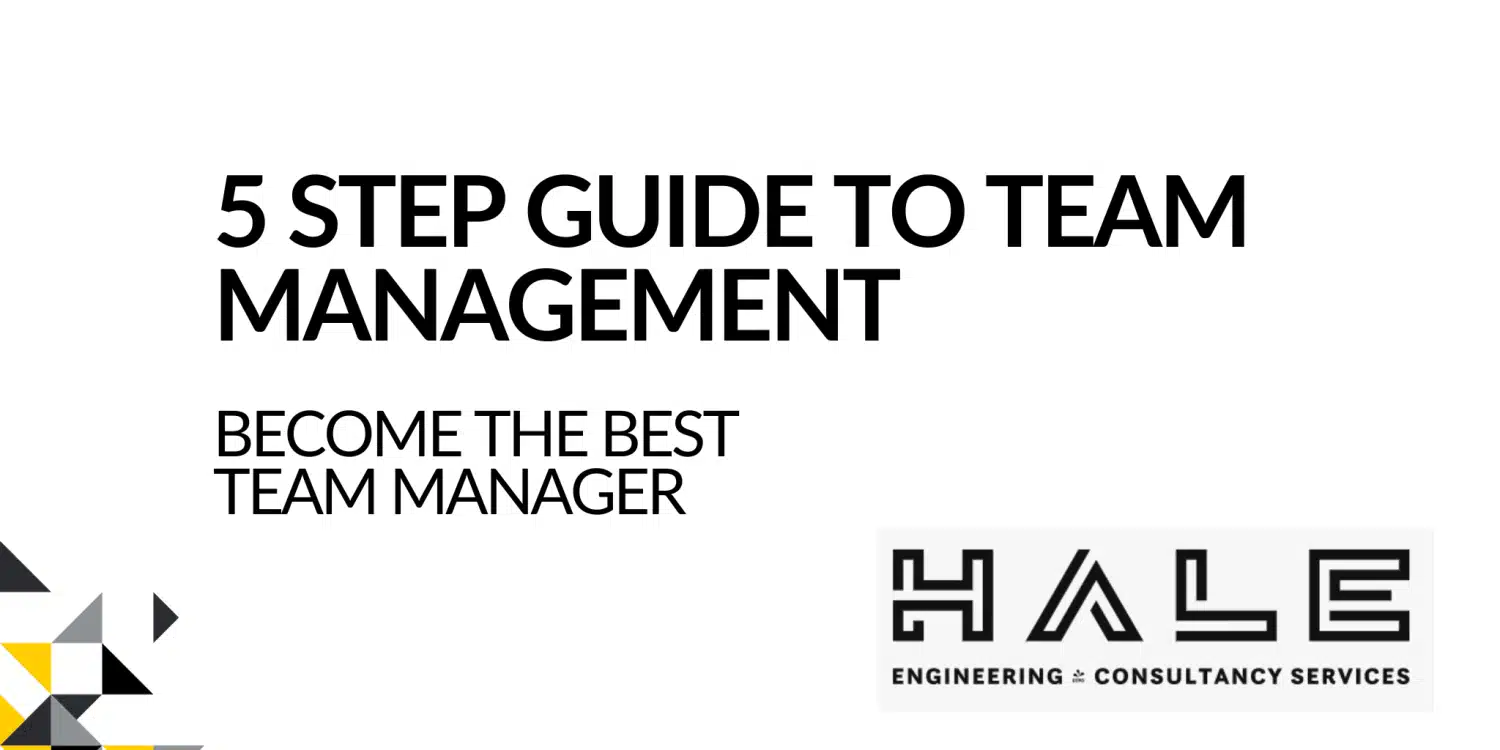Team management goes beyond supervision, evolving into creating collaborative and productive environments. Through strategic activities, tools, and assignments, teams can reach optimal performance. Team-building activities foster unity, technological tools streamline workflow, and thoughtful assignment distribution promotes accountability. Effective team management is an ongoing, adaptive process that requires open communication and a commitment to continuous improvement, propelling the team toward success. Here is a comprehensive 5 step guide to team management so you can become the best team manager.
Team Management and Collaboration
Successful teams are built on effective team management strategies that foster collaboration. It’s essential to cultivate a collaborative environment by carefully assembling the right team and assigning responsibilities based on individual skillsets. Incorporating team-building activities further enhances the cohesiveness of the team, promoting a harmonious working relationship.
Optimising Productivity
Team management plays a pivotal role in enhancing productivity without pushing team members to burnout. Striking a balance in workload, setting realistic timelines, providing continuous support, and eliminating obstacles contribute to a work environment that optimises productivity.
Continuous Learning
Team management is an ongoing process that contributes to the continuous learning curve of a dynamic team. A well-managed team becomes a valuable asset, gaining experience that not only improves their efficiency in similar projects but also facilitates the smooth integration of new team members. The guidance of experienced members ensures a quicker adaptation process.
Positive Morale
Addressing the needs of teams through effective management not only boosts productivity but also enhances overall morale. While happiness may be underestimated in a business context, content teams are not only more efficient but also exhibit higher retention rates, resulting in reduced turnover and cost savings for the organisation.
Optimising Performance with Strategic Team Management
Aligned with broader organisational goals, strategic team management ensures that teams are well-equipped to meet their targets. This approach creates resilient teams capable of handling the intricacies of individual projects while contributing to the overarching success of the organisation. In essence, team management is the key to unlocking collaborative potential and achieving sustained success.







Get involved!
Comments